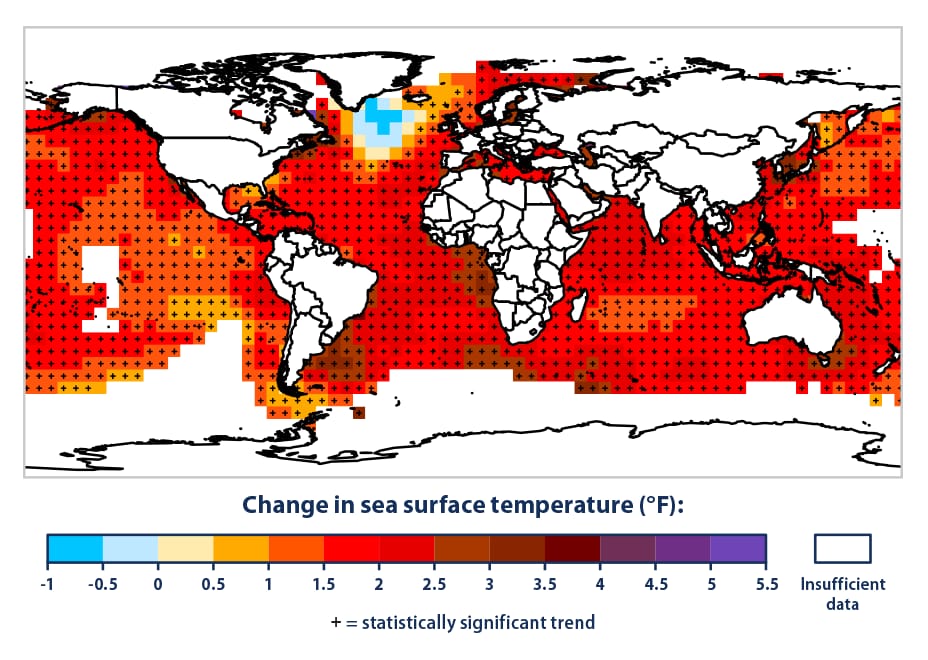
Sea surface temperatures in the Bay of Bengal are also rising, with readings of a scorching 31 to 32 degrees Celsius recorded throughout much of the South West and South East Bay of Bengal and the adjacent Andaman Sea. This is happening while various states in the nation struggle with extreme summer heat.
The sea surface temperature maxima near the Andaman and Nicobar (A&N) islands, which reach an unusual 32 degrees Celsius, are especially alarming. The continuation of these high temperatures in these oceans implies significant implications for marine life as well as monsoons and weather patterns.
Even more concerning is the possibility that the Bay of Bengal’s high sea surface temparatures will foster the development of tropical systems there.
Deep atmospheric convection over the eastern portions of the Bay of Bengal has been reported to increase recently. This increase is associated with the increasingly prominent easterly flow interacting with the wider Equatorial Trough.
This interplay results in air shifts and moisture surges, which have an effect on the region’s climate. Anticipated to form over the Southern Bay on May 17, the much-awaited monsoon surge—a cross-Equatorial flow—is seen as a forerunner to the monsoon over the Andaman and Nicobar islands and the neighboring South Eastern Bay, which is expected to make landfall on May 18 or 19.
After May 20, the surge is expected to create a tropical system in the Bay of Bengal, which might have a significant impact on the local climate by bringing with it intermittent rain and wind events. Furthermore, any disturbances that were beginning to emerge in close proximity of the southern peninsula of India before the storm might be pulled eastward into the Bay of Bengal and towards the Indian mainland.
When coupled with increasing sea surface temperatures, this shift is probably going to reinforce the development of an emerging tropical system.
Given their potential to modify regional weather patterns and signal the arrival of the monsoon in various parts of the nation, the persistently high SSTs and turbulent air conditions over the Bay of Bengal demand careful monitoring.
Precise forecasting and prompt information distribution are essential for disaster management plans and readiness measures throughout the region as the monsoon season draws near.
Read more: https://thelocaljournalist.com/cyclone-remal-newly-minted-cyclone-in-the-month-of-amphan/
